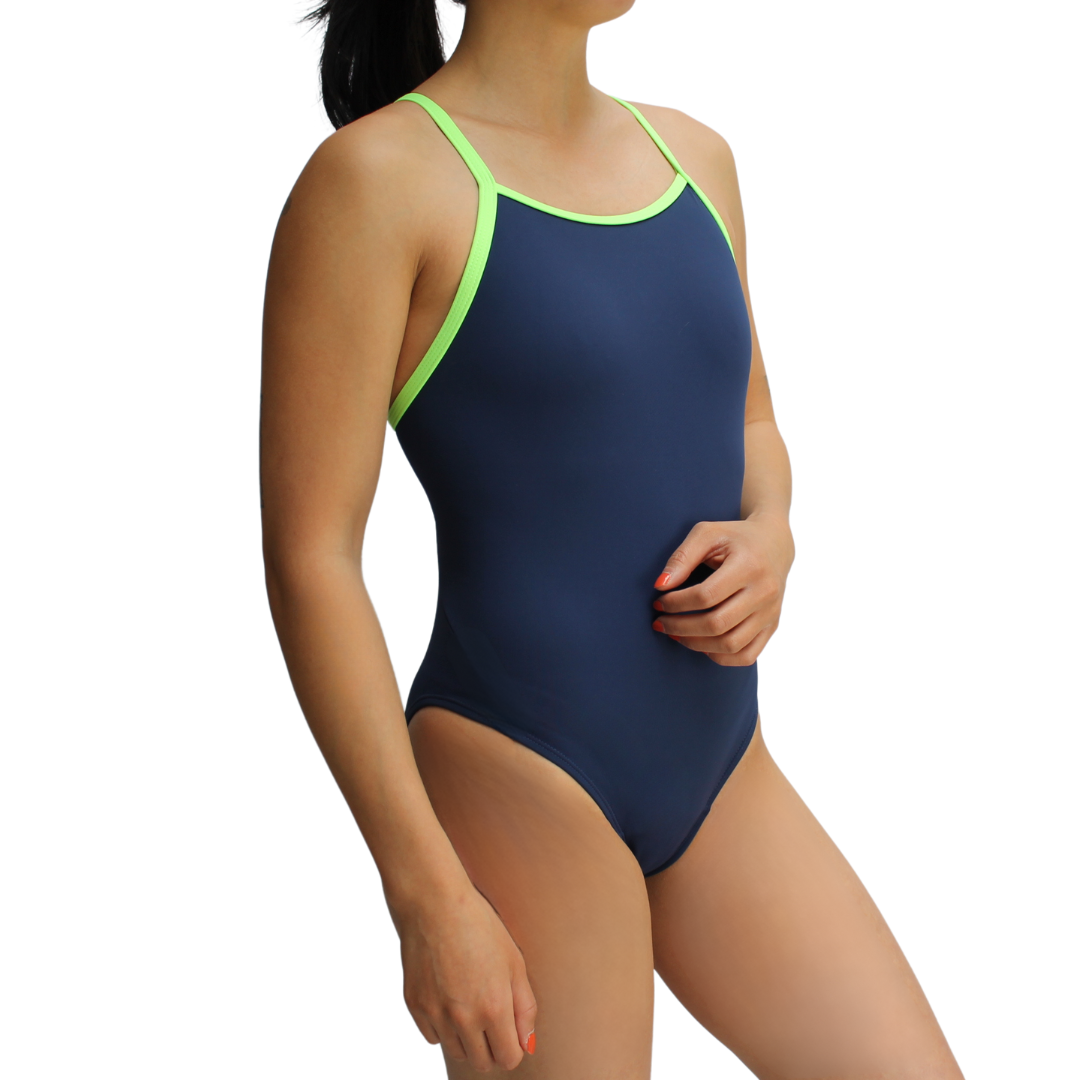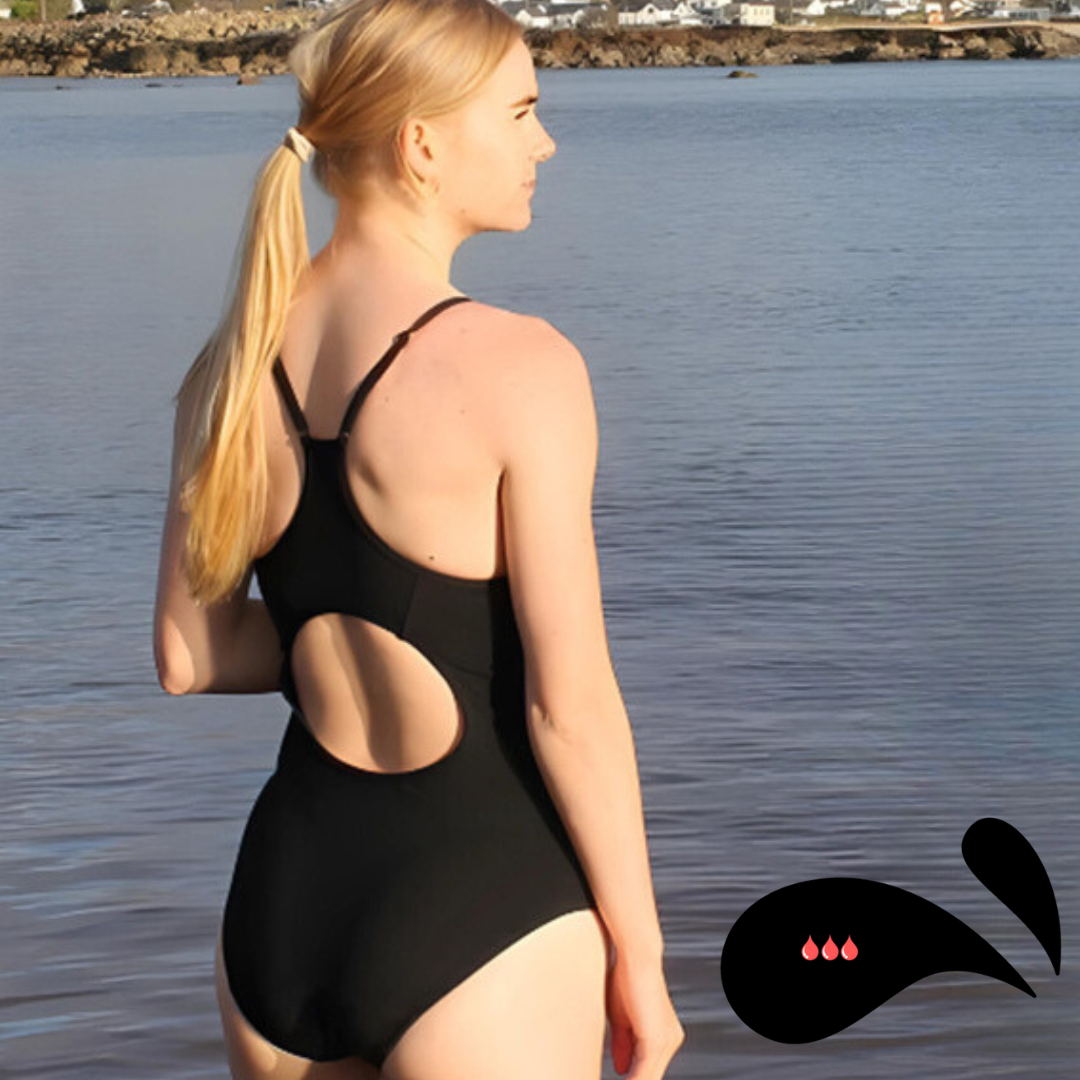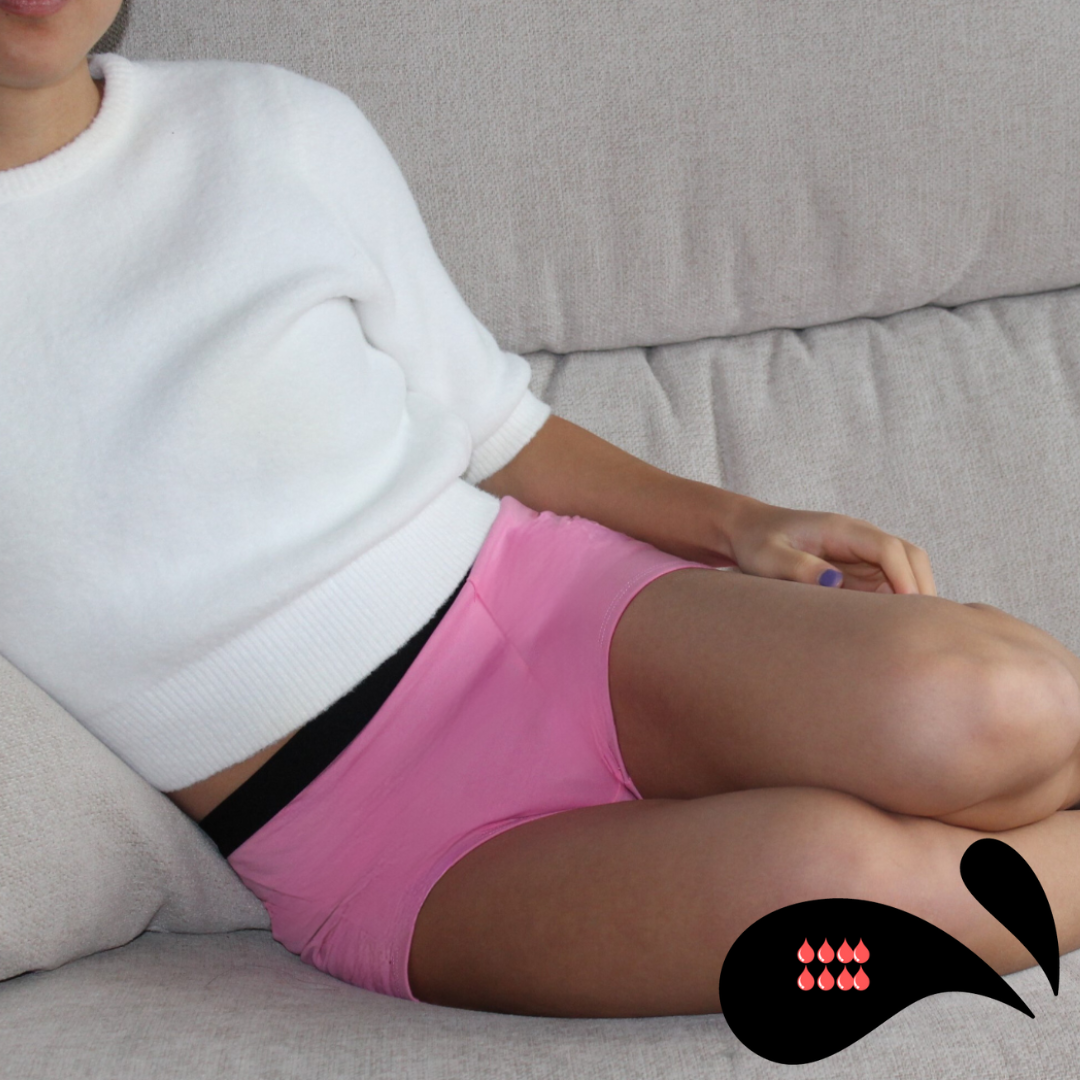First Periods: What Every Young Girl Needs to Know
Getting your first period is a big milestone in a young girl’s life. It’s a sign that your body is growing and changing as you transition into adolescence. While it can feel a little overwhelming, being prepared and knowing what to expect can make this experience much easier. Let’s explore everything you need to know about your first period.
What is a Period?
A period, also known as menstruation, is when the body sheds the lining of the uterus, which exits through the vagina. It’s a normal part of the menstrual cycle and a sign that your body is developing the ability to have children someday. For most girls, their first period, or menarche, happens between the ages of 9 and 16, although everyone’s timeline is unique.
Signs Your First Period Might Be Coming
There’s no exact way to predict when your first period will start, but there are a few signs to look out for:
- Breast Development: This is often one of the first changes during puberty and typically starts a year or two before menstruation.
- Growth of Pubic and Underarm Hair: Hair growth usually begins during puberty and continues as your body matures.
- Vaginal Discharge: A clear or white discharge may appear in your underwear a few months before your period begins.
What to Expect with Your First Period
Your first period might be very light or a bit heavier, with blood that can range from bright red to brownish in colour. It’s normal to feel some cramping or discomfort in your lower belly, but every girl’s experience is different.
How to Prepare for Your First Period
Being prepared can help you feel confident and in control when your first period arrives. Here’s what you’ll need:
-
Sanitary Products:
- Pads: These are a great option for beginners and are worn inside your underwear to absorb blood.
- Period Underwear by Nickeze: Reusable and comfortable, period underwear can be an excellent alternative for young girls.
- Tampons or Menstrual Cups: These options are internal and may take a little more practice. It’s okay to wait until you feel ready to try them.
-
A Nickeze Period Kit:
- Create a small kit with a pad or period underwear, a spare pair of underwear, and a zip-lock bag for used items. Keep it in your school bag or locker.
-
Pain Relief: A hot water bottle or over-the-counter pain relievers (with parental guidance) can help ease cramps.
-
A Trusted Person to Talk To: Whether it’s a parent, teacher, or older sibling, having someone you can talk to about your period is important.
Taking Care of Yourself During Your Period
Once your period starts, maintaining good hygiene and taking care of yourself will help you feel more comfortable:
- Change Pads or Period Underwear Regularly: Aim to change every 4-6 hours to stay fresh and comfortable.
- Stay Hydrated and Eat Well: Drinking water and eating a balanced diet can help you feel your best.
- Be Kind to Yourself: It’s okay to take it easy if you’re feeling tired or crampy.
Why Periods Are Normal and Healthy
Periods are a natural and healthy part of growing up. They’re your body’s way of preparing for a potential pregnancy in the future, though it’s important to note that having your period doesn’t mean you’re ready to have children. It’s simply one of the amazing ways your body works.
When to Ask for Help
Most of the time, periods are straightforward, but if you experience severe pain, very heavy bleeding, or anything that worries you, don’t hesitate to talk to a parent or doctor.
Empowering Young Girls Through Knowledge
Getting your first period is nothing to be embarrassed about—it’s a sign that your body is doing exactly what it’s meant to do. At [Your Brand Name], we’re here to help young girls and their families feel informed, confident, and supported as they navigate this new chapter.
If you’d like to learn more or explore our range of period-friendly products, visit [your website/products page].
Disclaimer: This article is for informational purposes only and is not a substitute for medical advice. Please consult a healthcare professional with any concerns.





